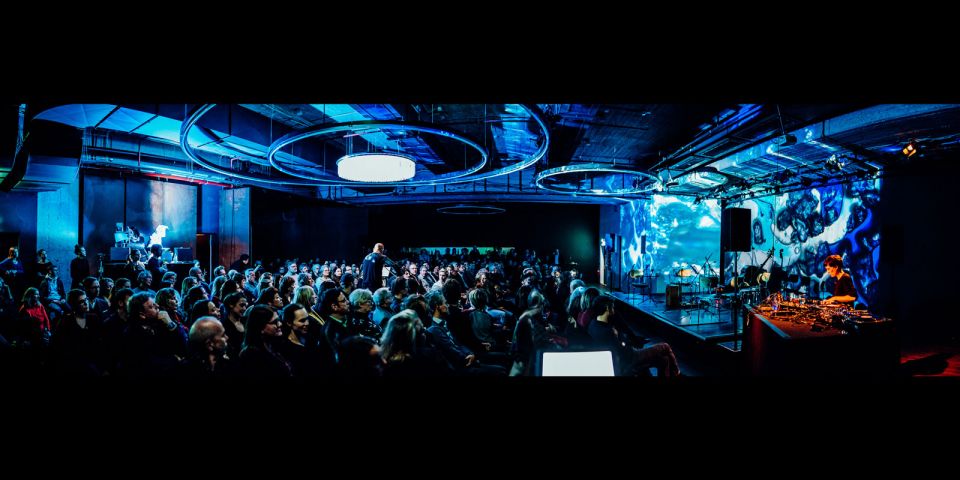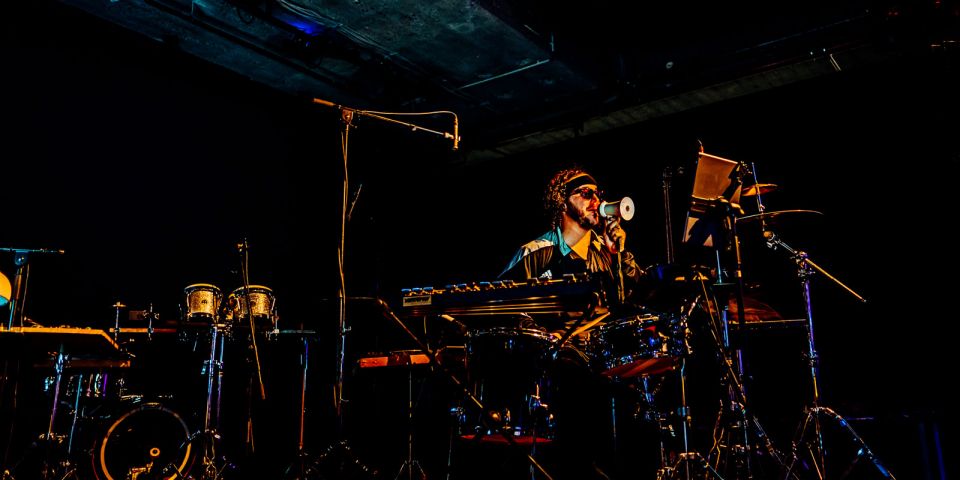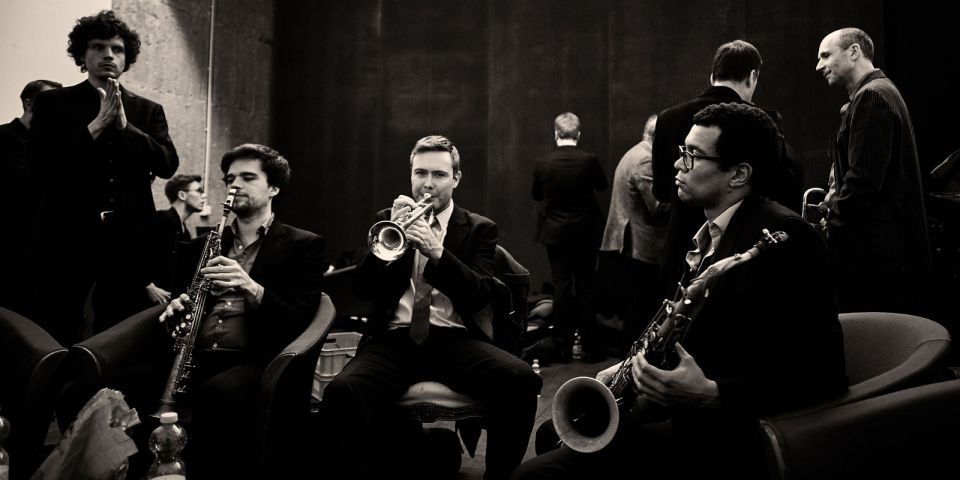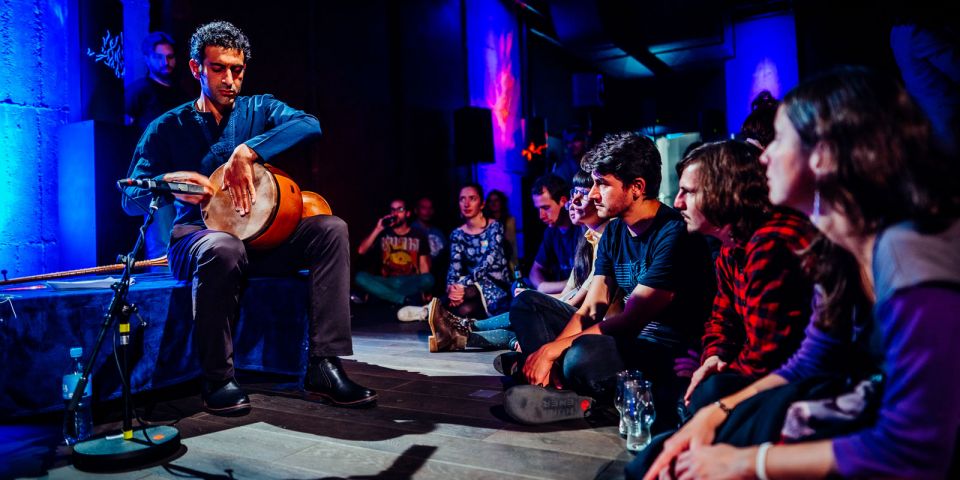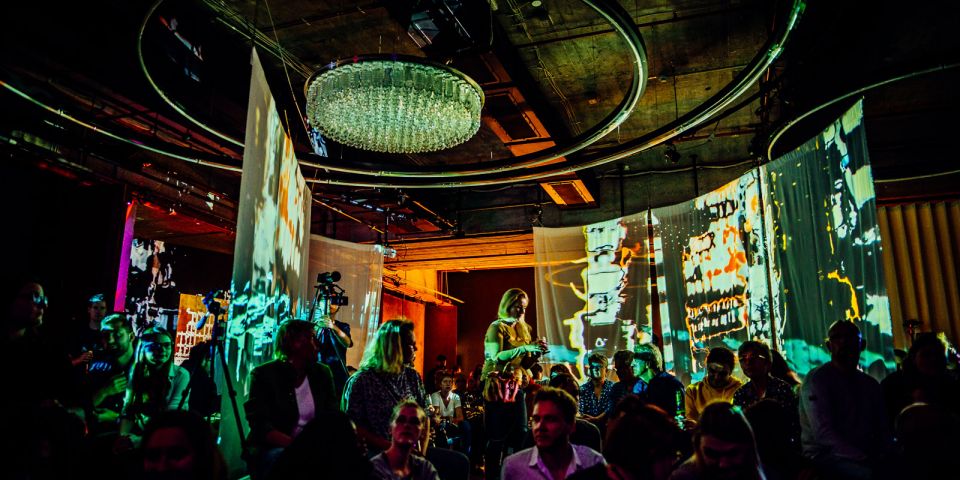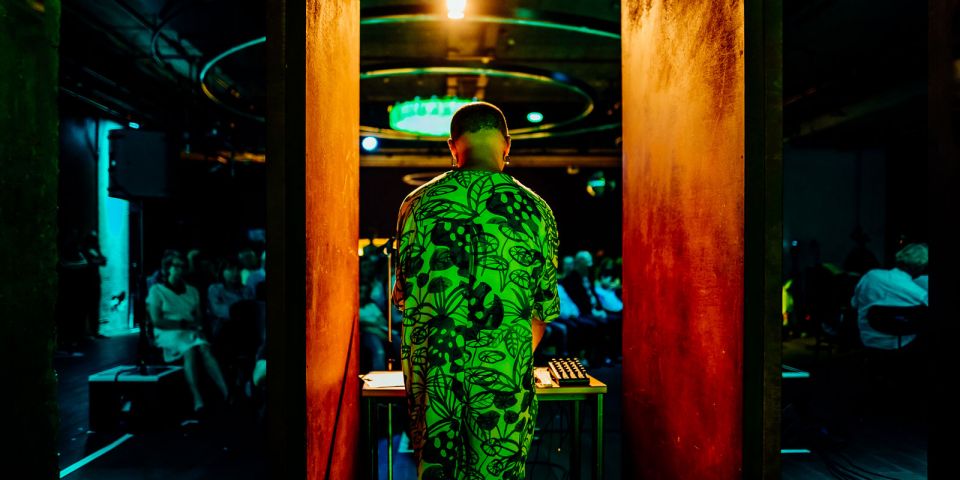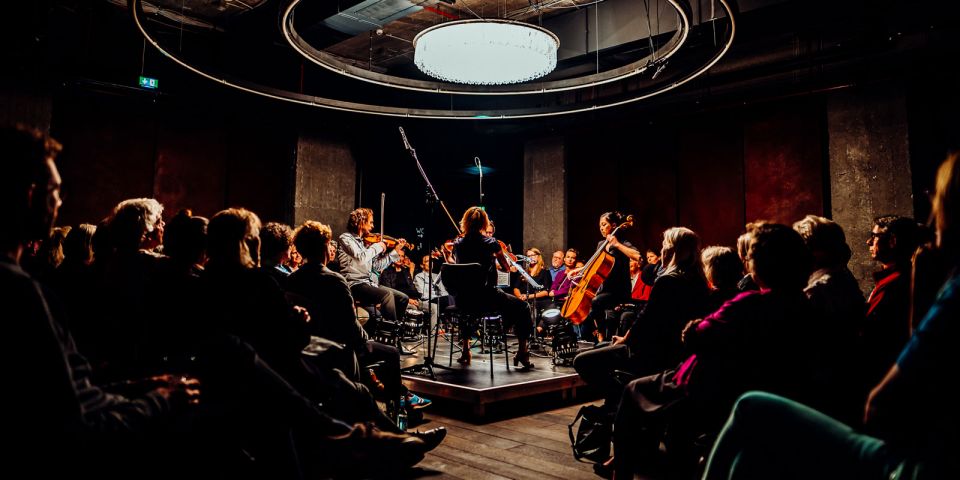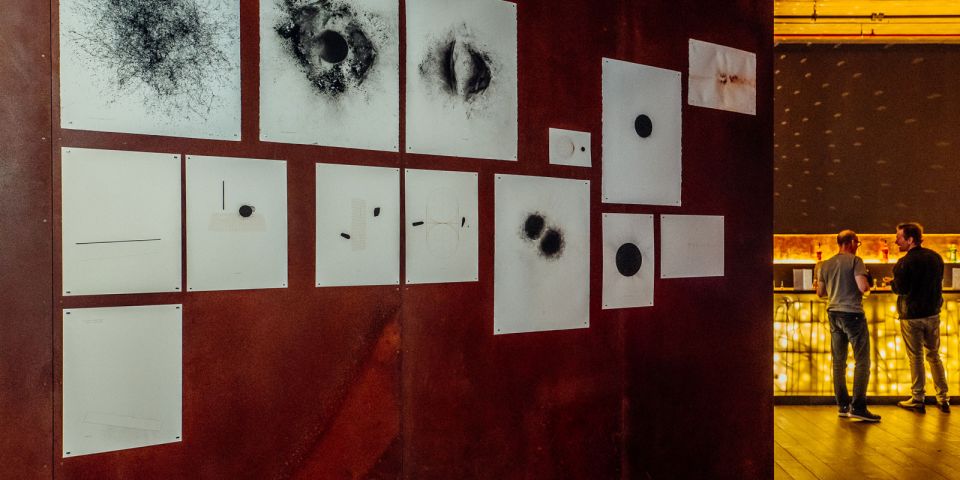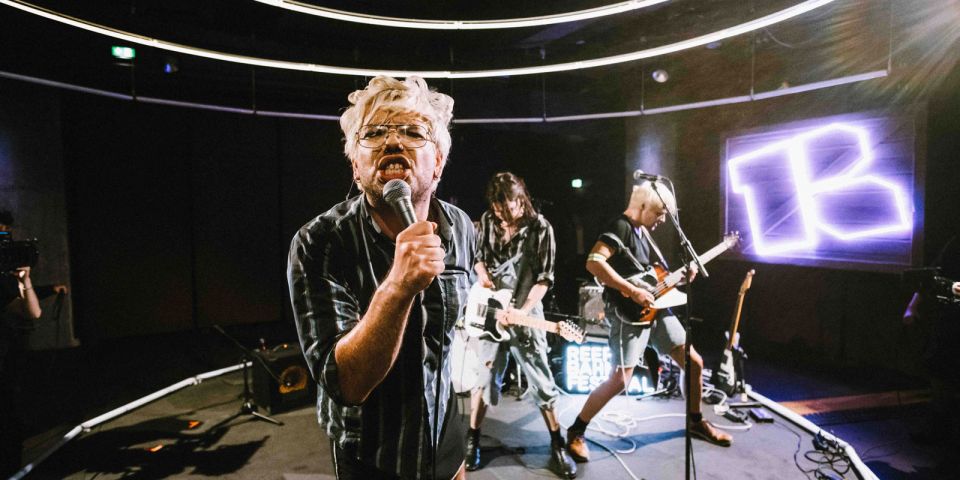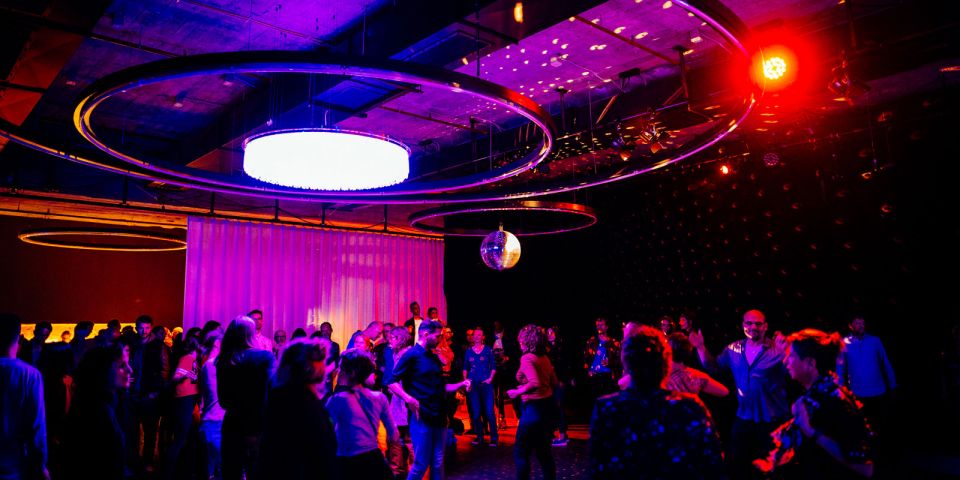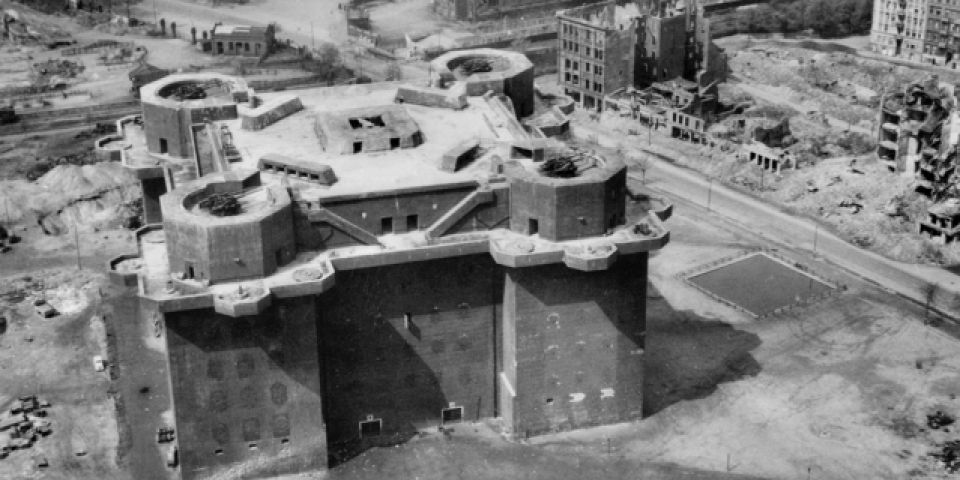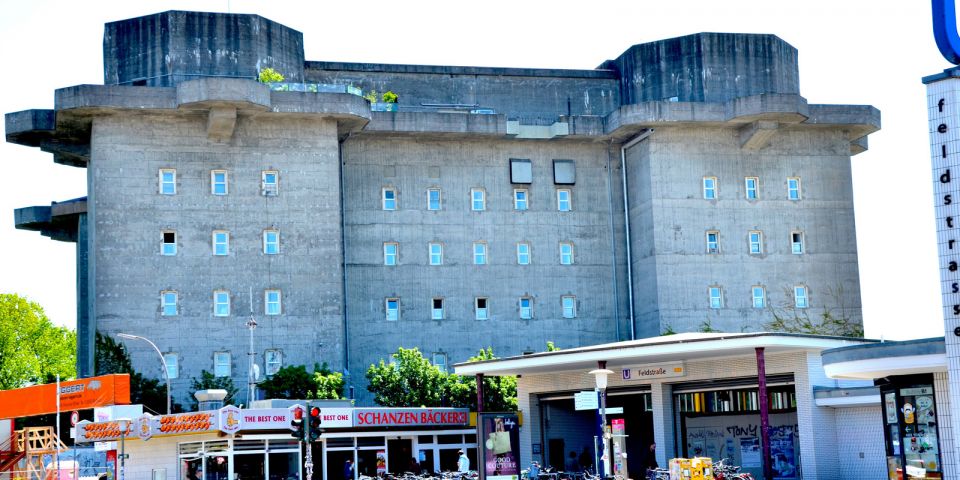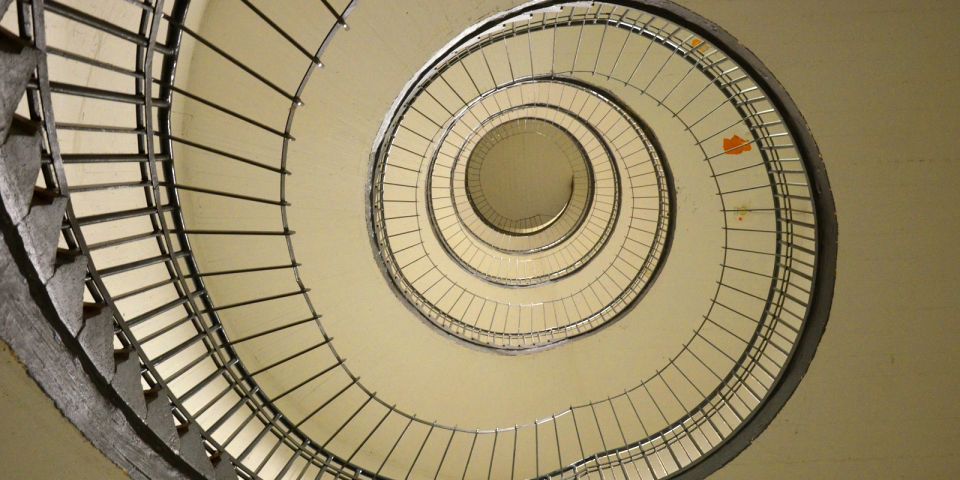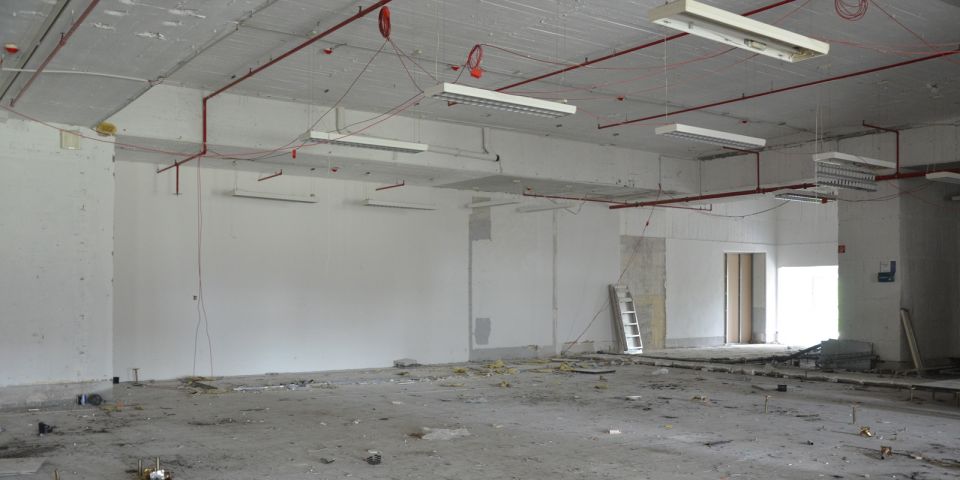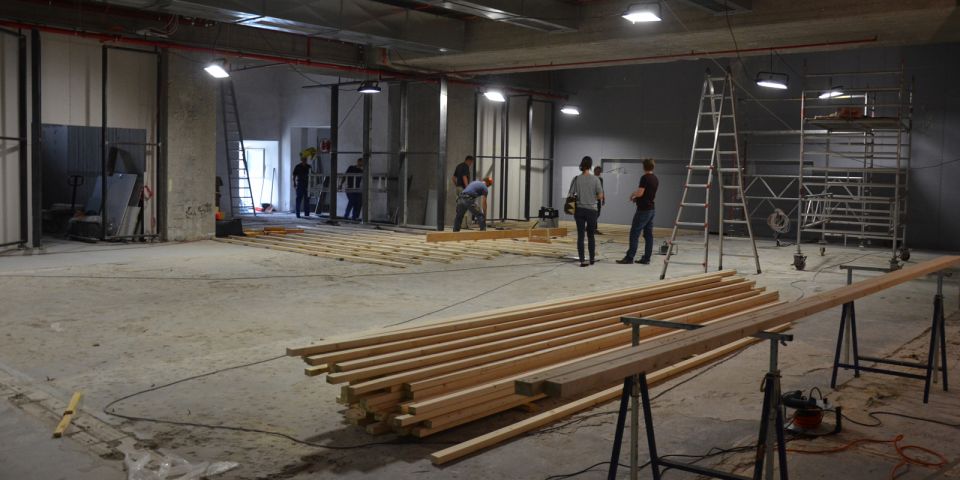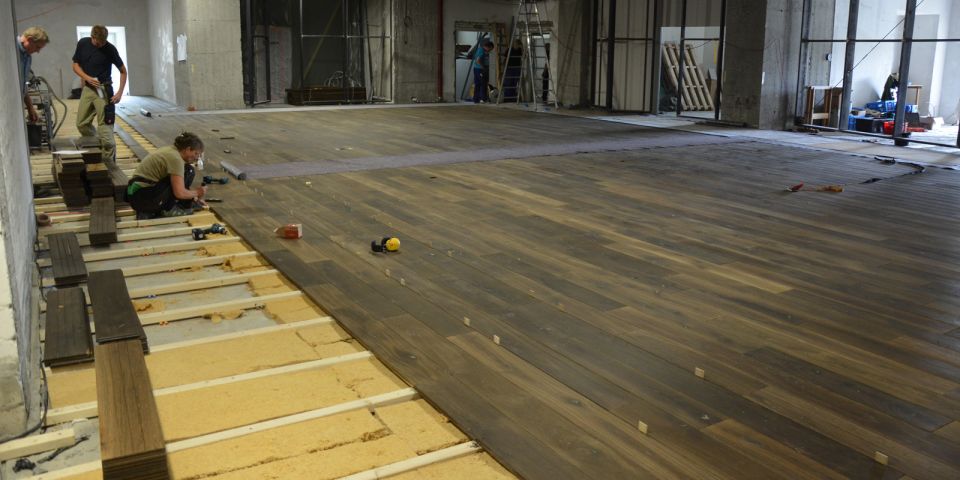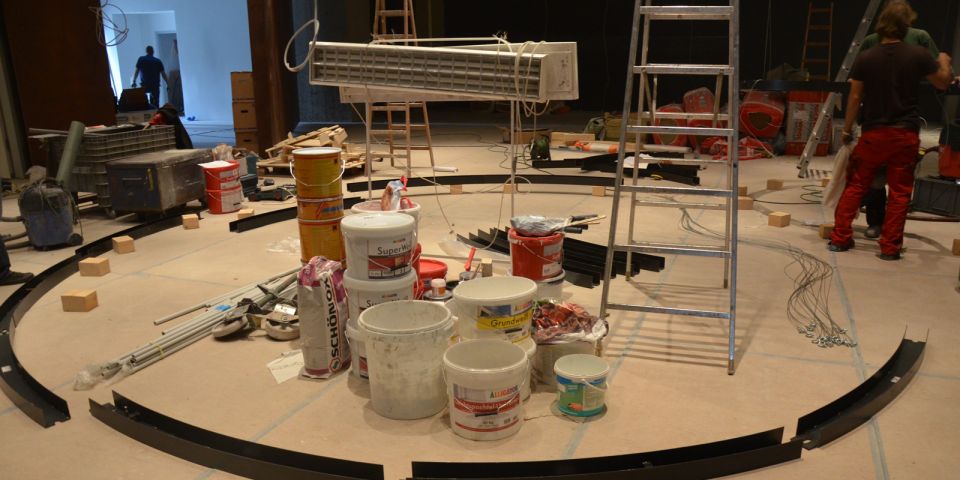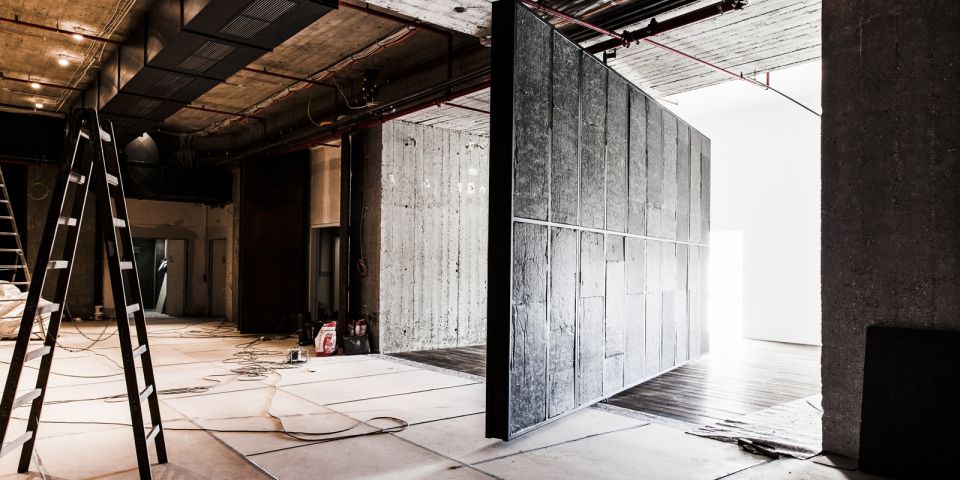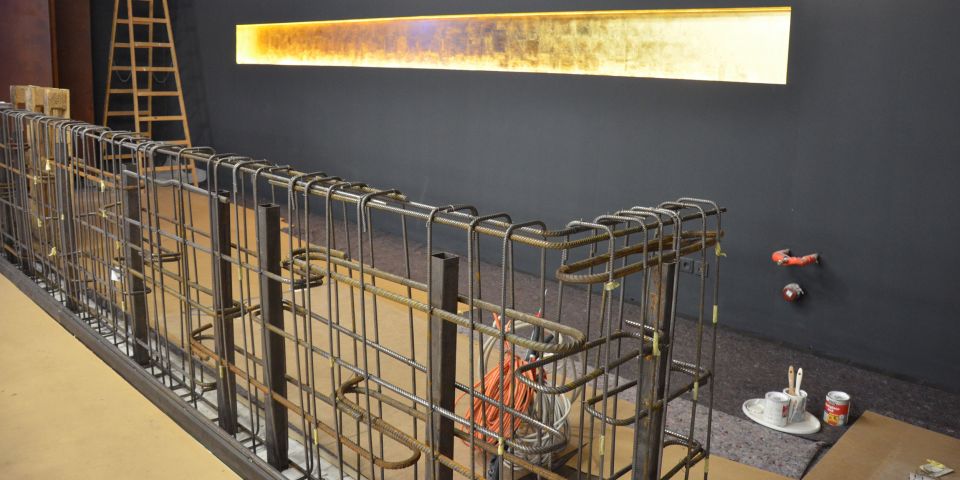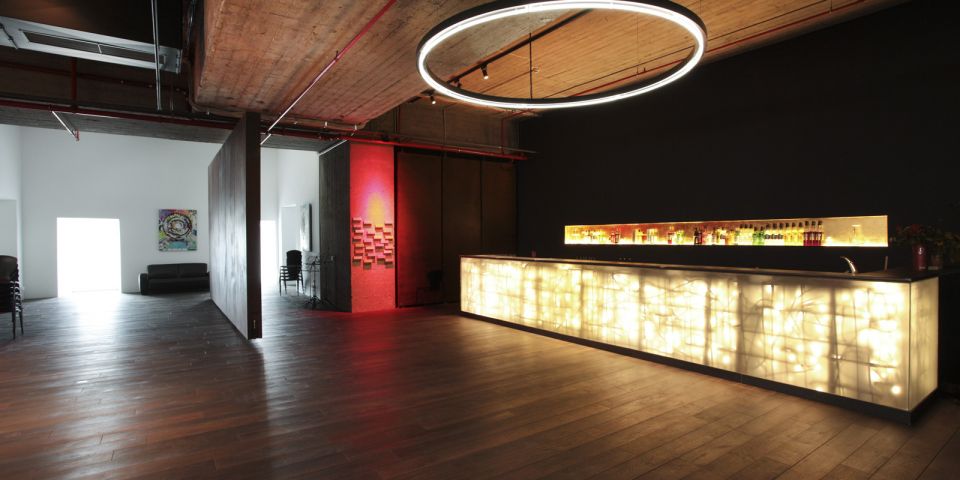our space
Ever since its opening in 2014 the resonanzraum has established itself as a unique space offering new impulses for a young and urban audience in the midst of the vital and subversive scene of St. Pauli. As Europe's first club with excellent acoustics for classical music, our space welcomes everybody with an architecture built to foster encounters and resonance. Here, musicians and listeners, art and life, concerts and communities are brought into dialogue. The resonanzraum fills a gap in Hamburg's cultural landscape and offers itself as a home to new audiences of classical music.
The resonanzraum is home and playing field for Ensemble Resonanz, one of Europe's best chamber orchestras. The ensemble's musicians use the space to open up their work for participation by audiences from the quarter and all over the city. The urban string-series takes place on a monthly basis and opens up new ways of presenting classical music in collaboration with local DJs. Educational formats accompanying the resonanzen-series turn the resonanzraum into an echo-chamber of shared curiousity between the ensemble and its listeners.
Besides the Ensemble's activities many other innovative event-formats contribute to the resonanzraum's diverse programme. Our space offers an ideal stage to international artists and promoters to try out and present new formats and unconventional programs. Classical club concerts - since 2014!
history & construction
The bunker on St. Pauli's Feldstraße is the highest bunker in Hamburg and with its height of 39 meters also one of the largest overground bunkers in all of Europe. It was built by the Nazi-Regime in 1942 as a propagandist building to serve military purposes and provide shelter to the quarters inhabitants. More than 25.000 civilians sought shelter here during the summer of 1943.
Today a multitude of instituations, initiatives, clubs and other tenants make use of the building. This diverse neighbourhood is the perfect surrounding for a concert hall, prividing constant inspiration and enabling multiple synergies. The bunker is located in the heart of urban life and enriches the cultural and social landscape of St. Pauli.
The room's design was carried out by professor Friedrich's team at pfp architects. The construction was financed by a private board of donors and the city of Hamburg among with foundations and corporations. After the lease had been signed in early 2014 the former printing plant was transformed into its current form.
Huge rotating iron walls allow for flexible modification of the room's acoustics and help to facilitate a huge variety of events. The open concrete walls hint at the buildings past while the big, lighted bar, wooden floors and an open layout turn the room into an inviting space for encounters. According to professor Friedrich, »authenticity, minimalism and reduction« where the architect's key concerns. The lighting concept was also developed specifically for the room and is an integral part of its artistic design: a chandelier made from 270 plastic bottles is placed at the center of several illuminated rings and confronts the rooms angular shape with organic forms. An allusion to old concert halls in a contemporary interpretation.

